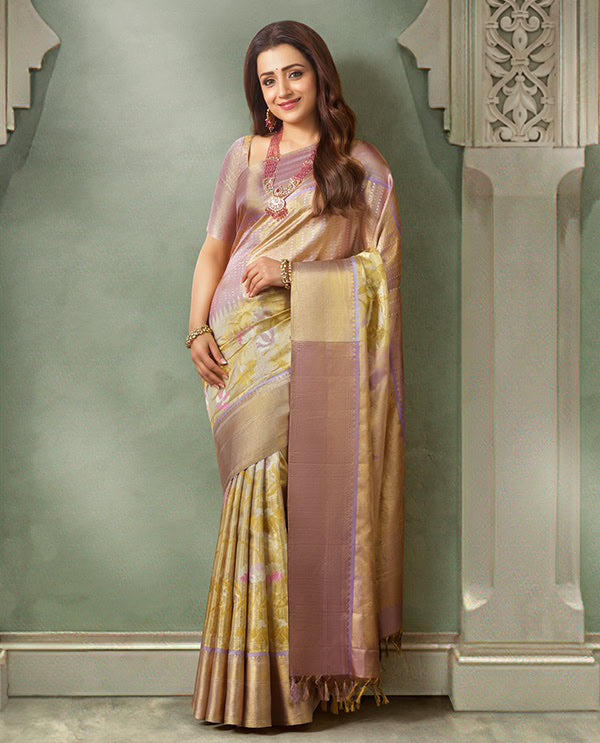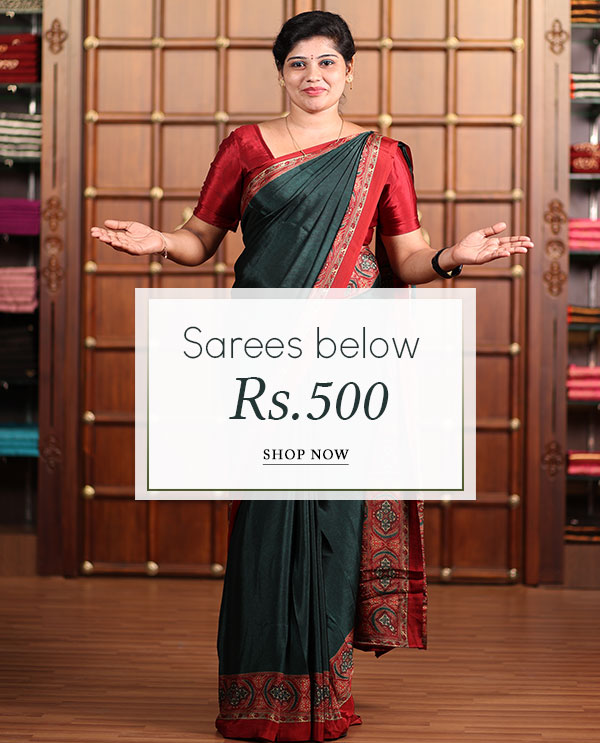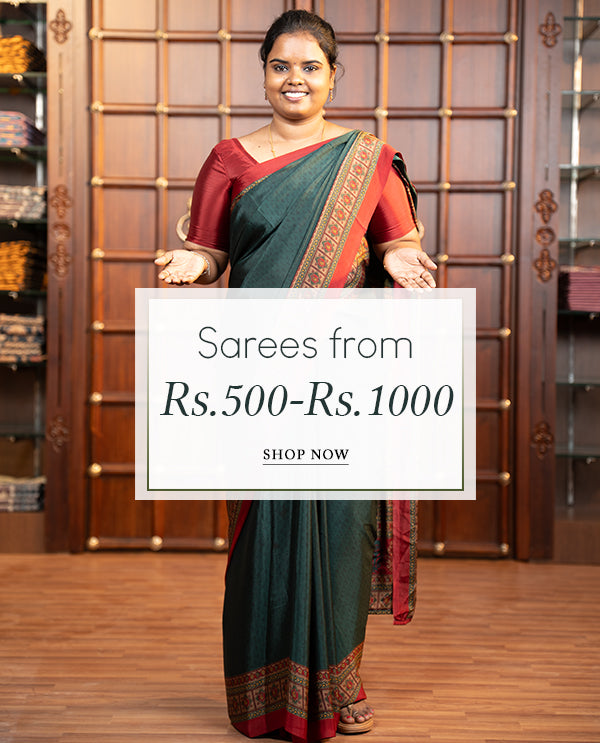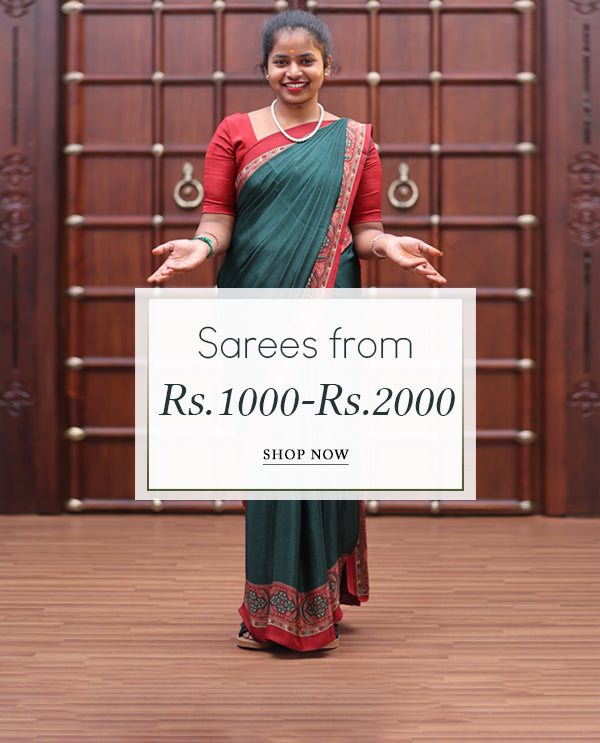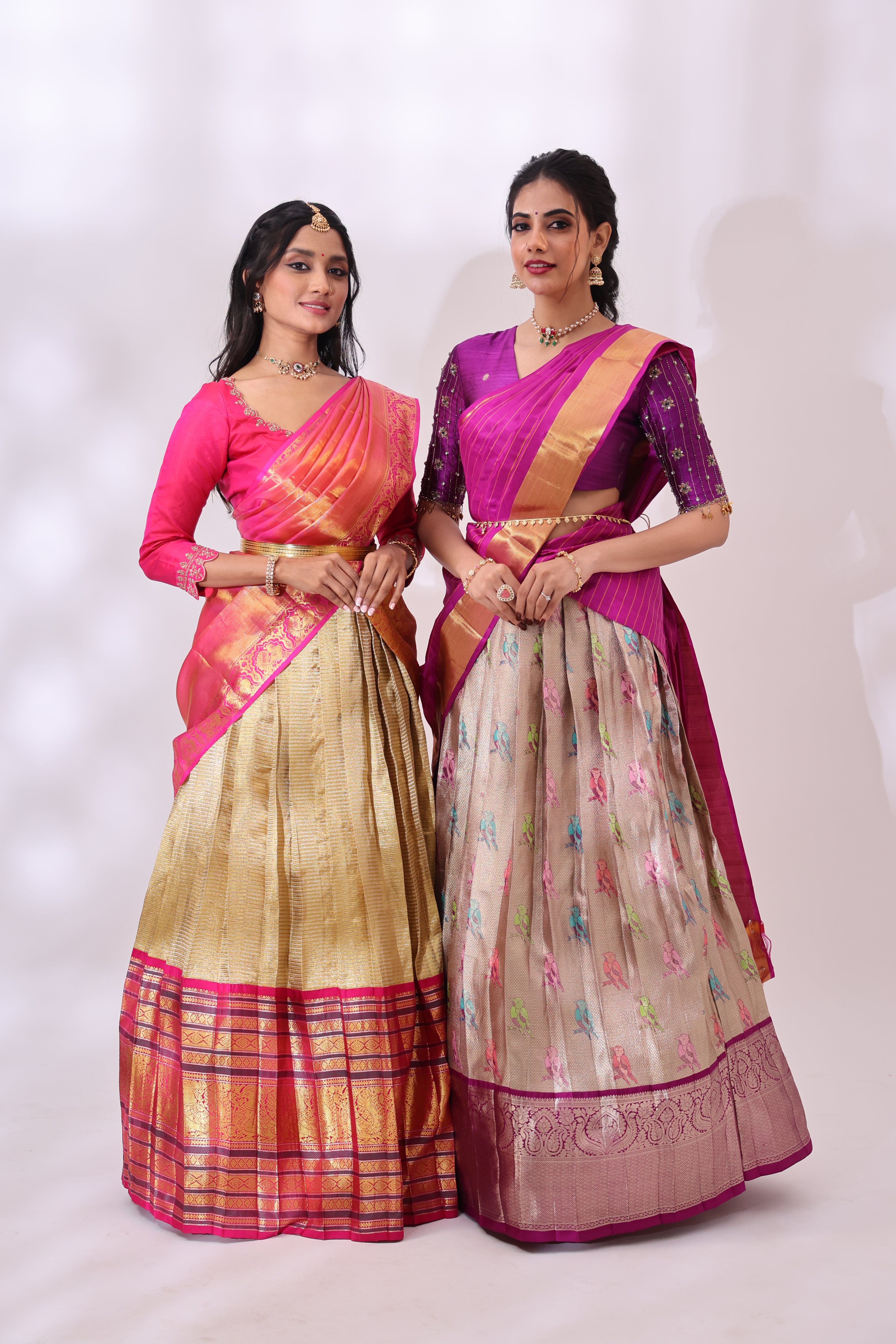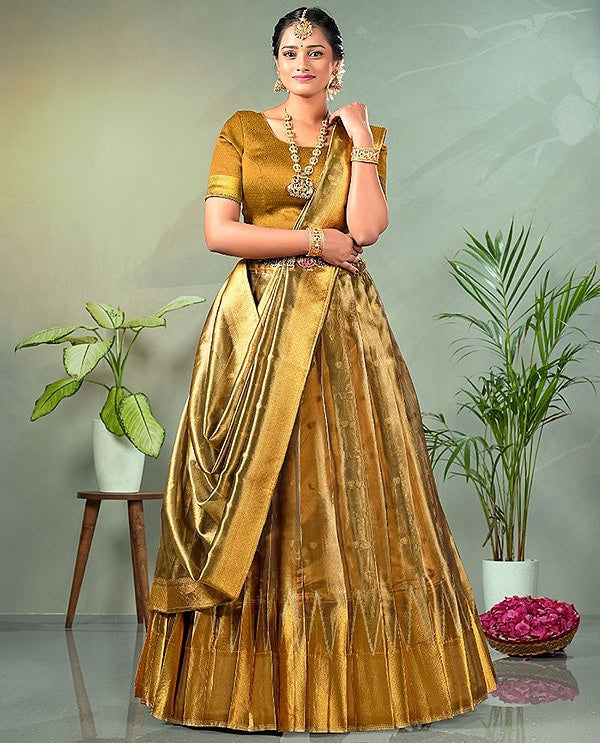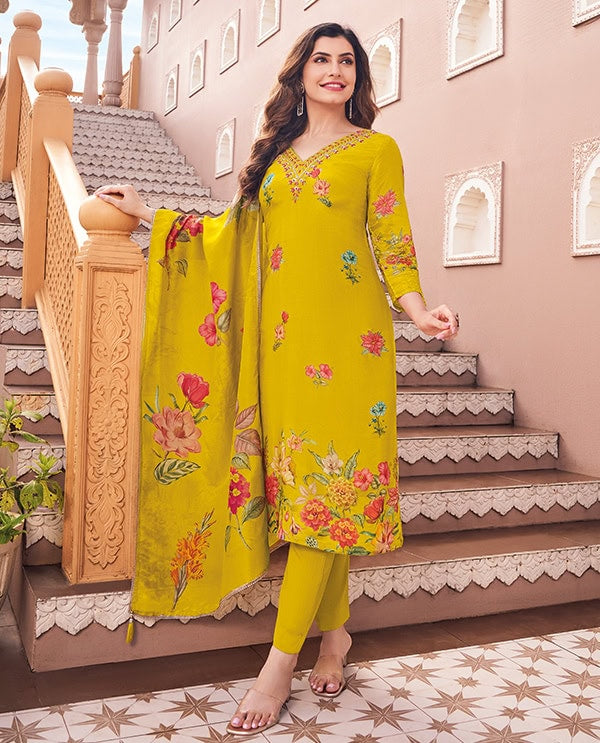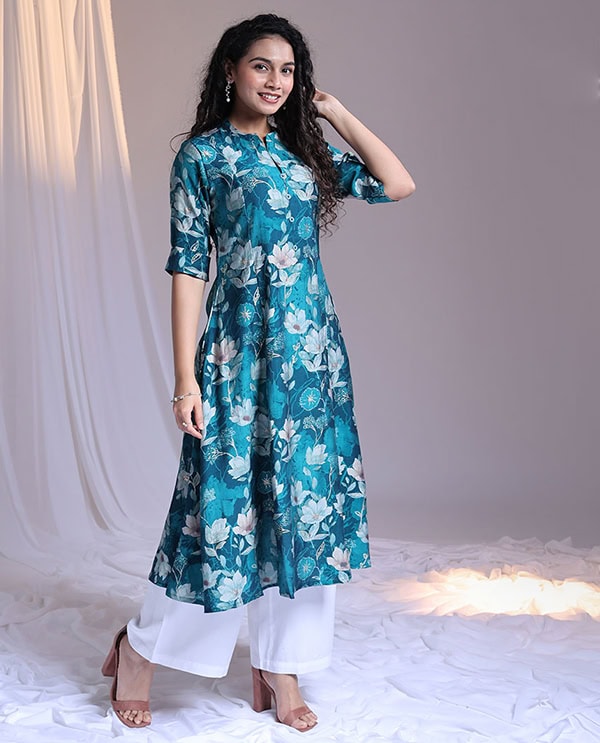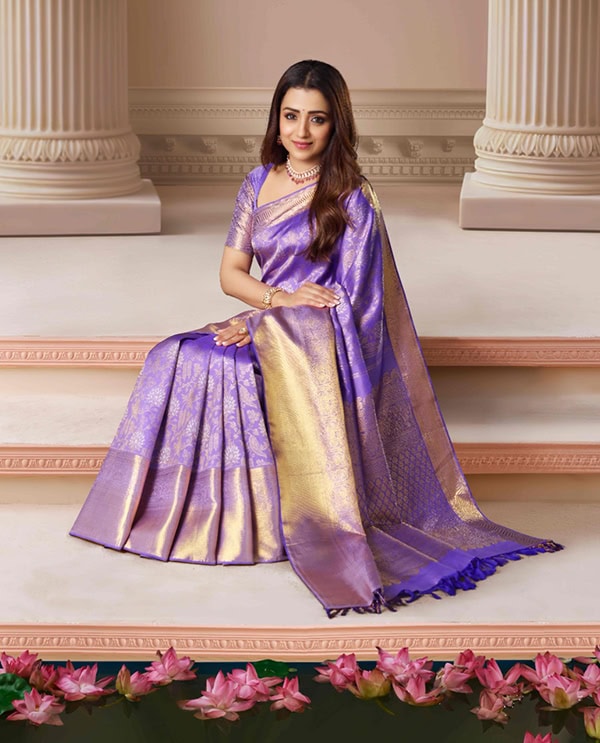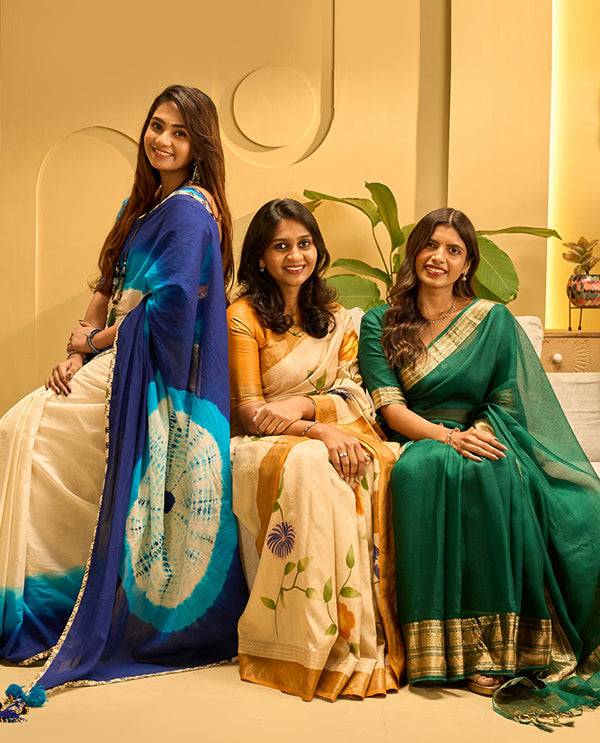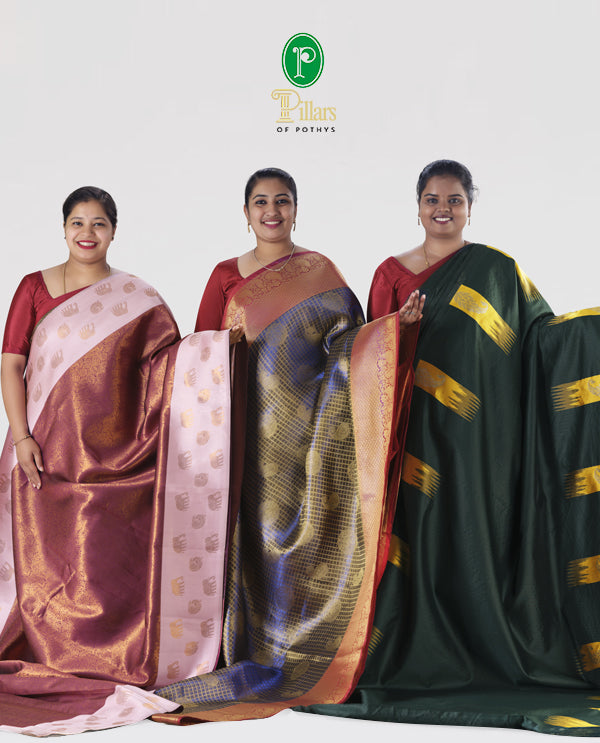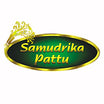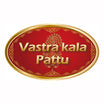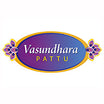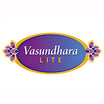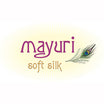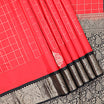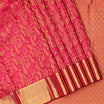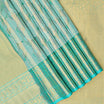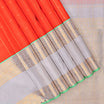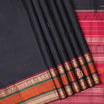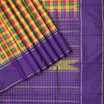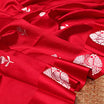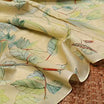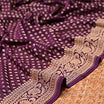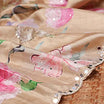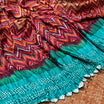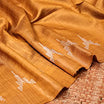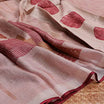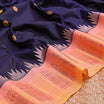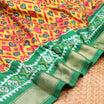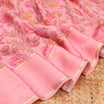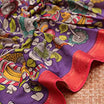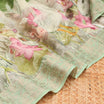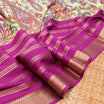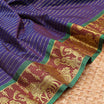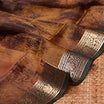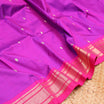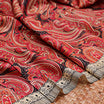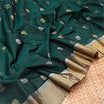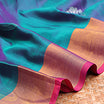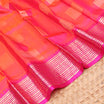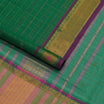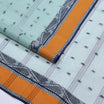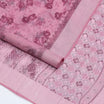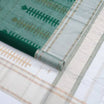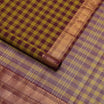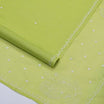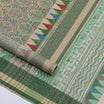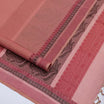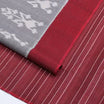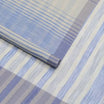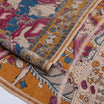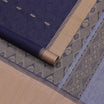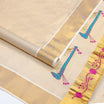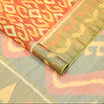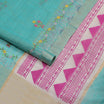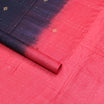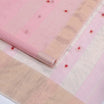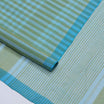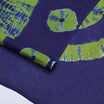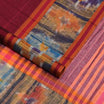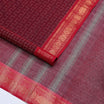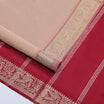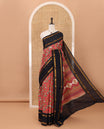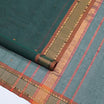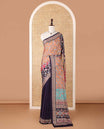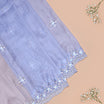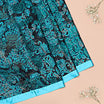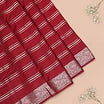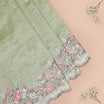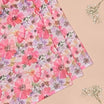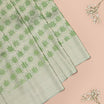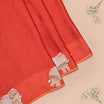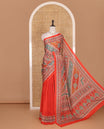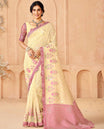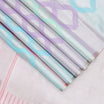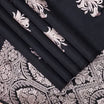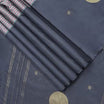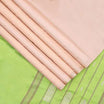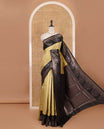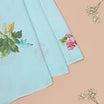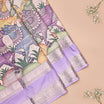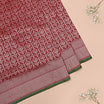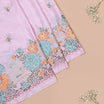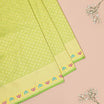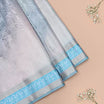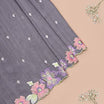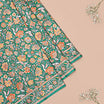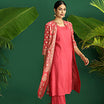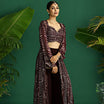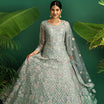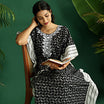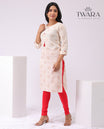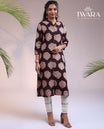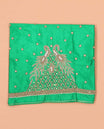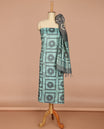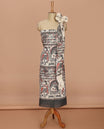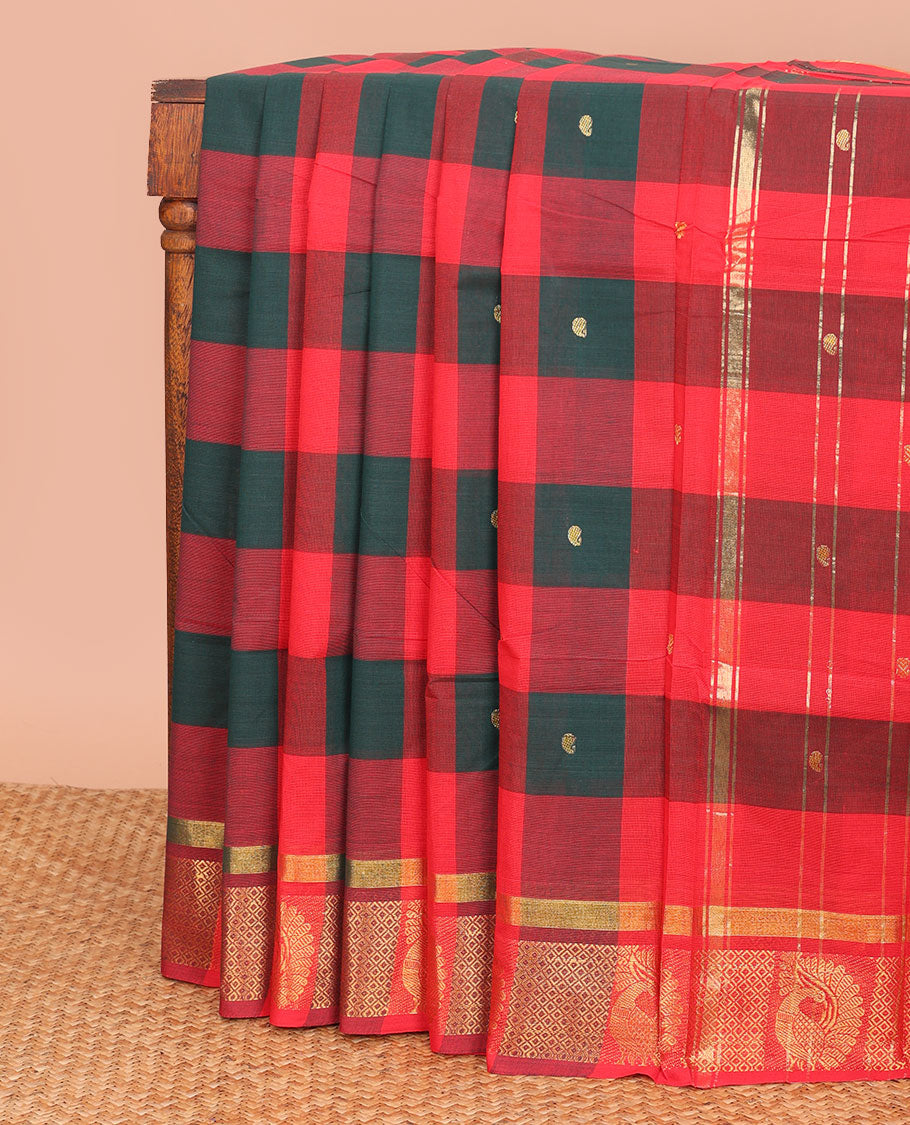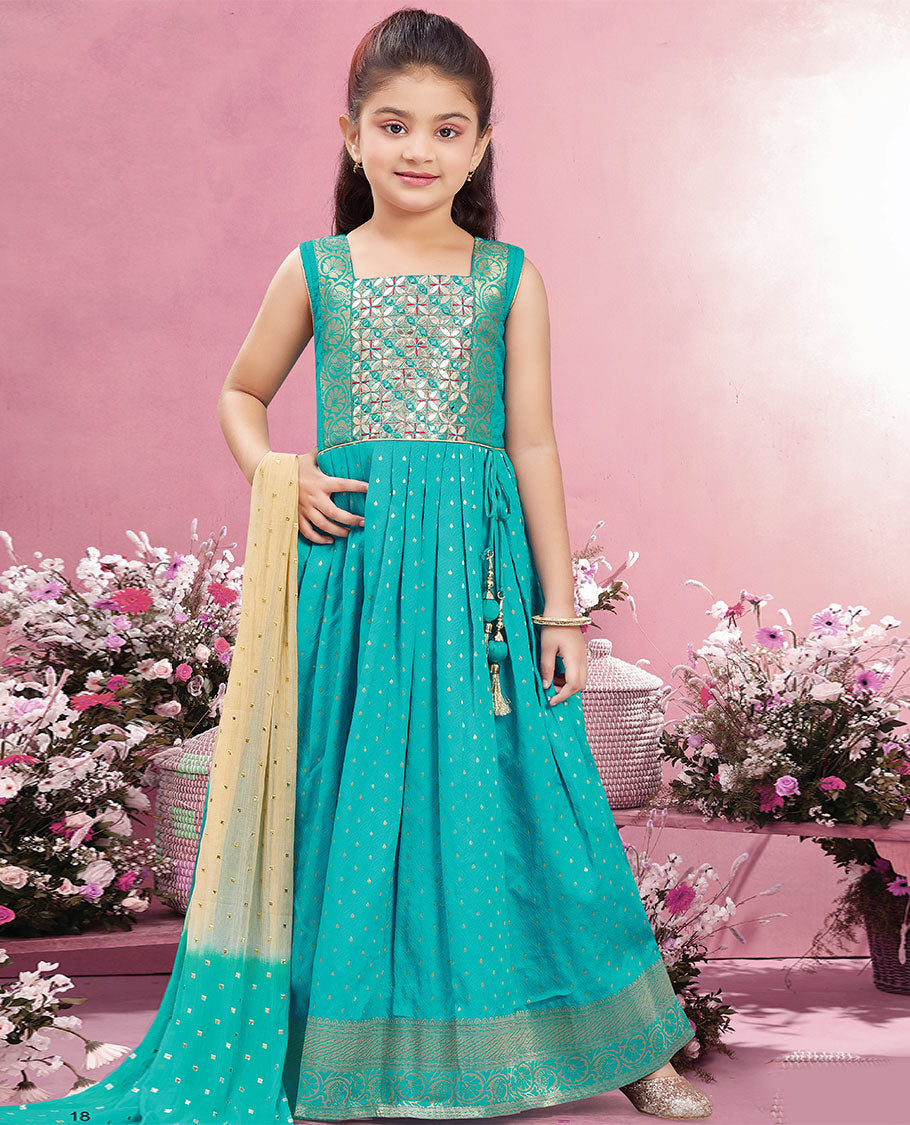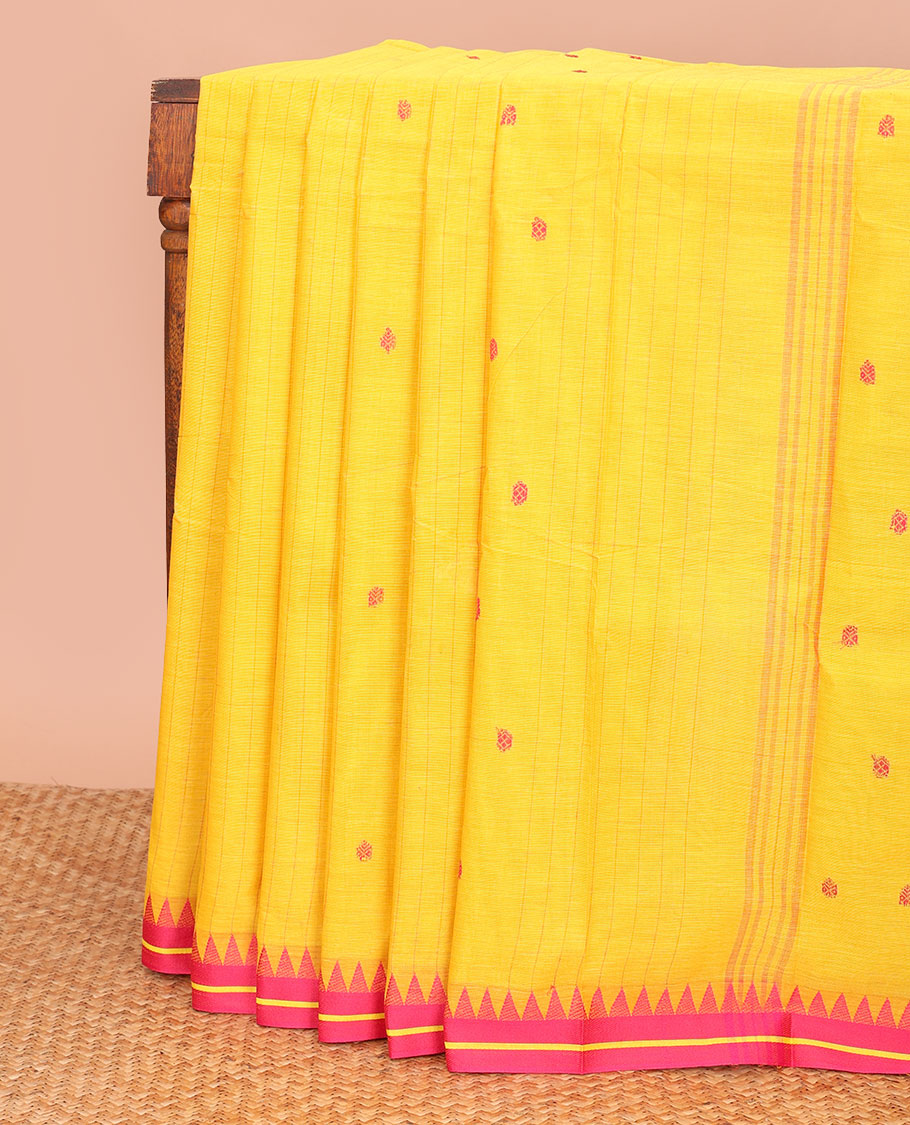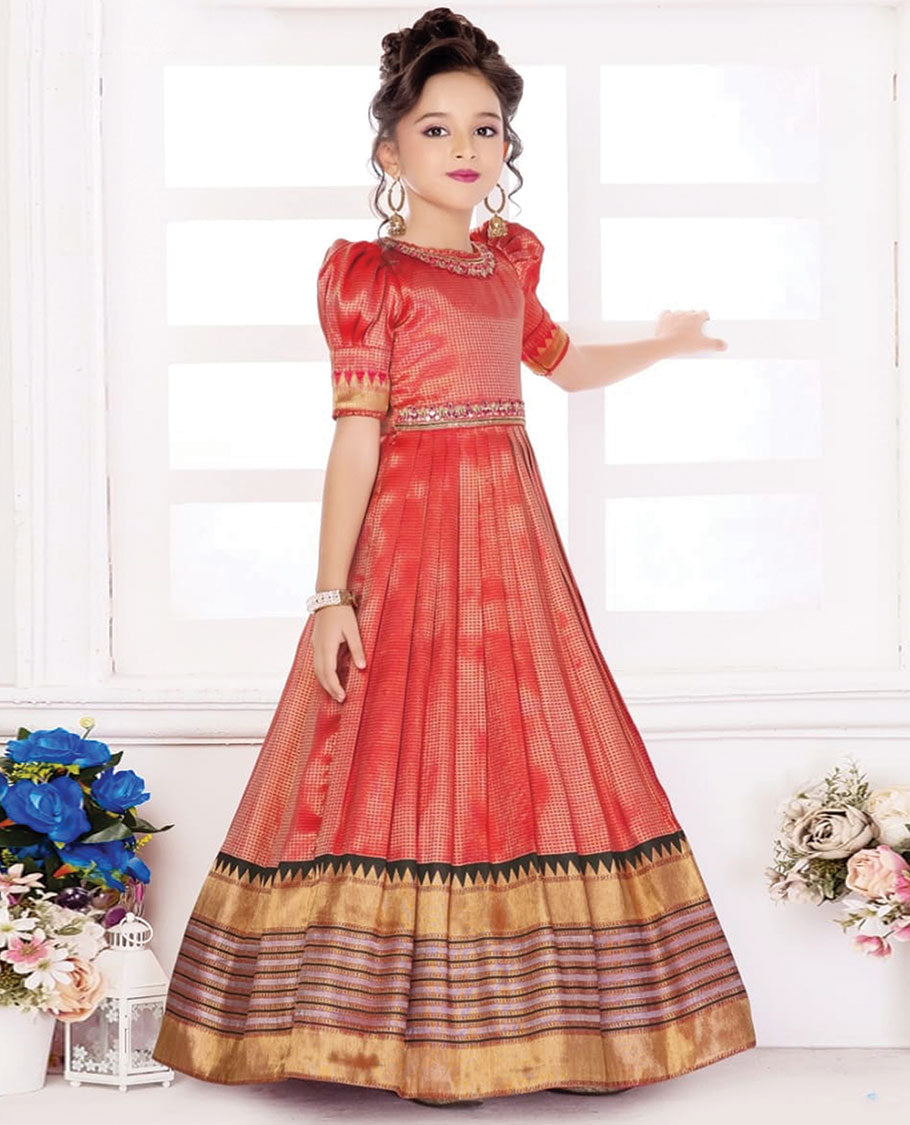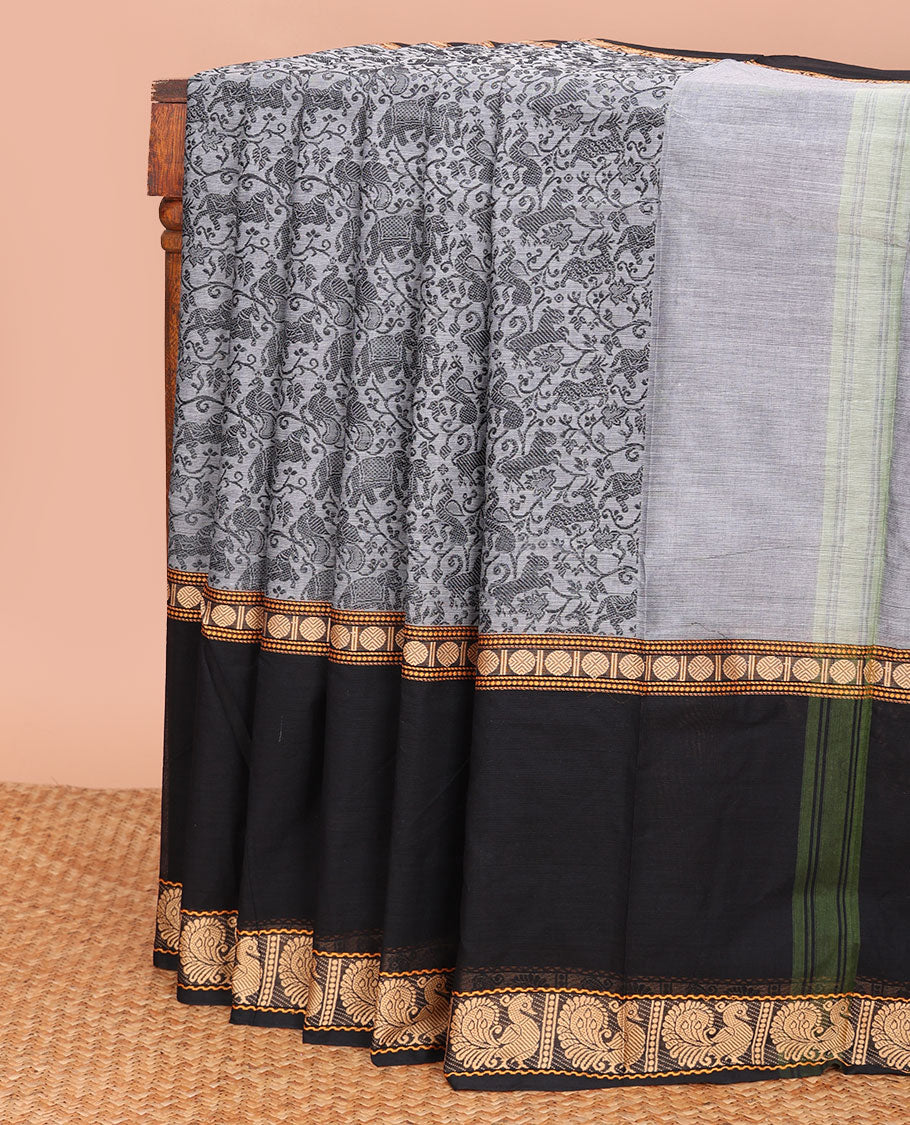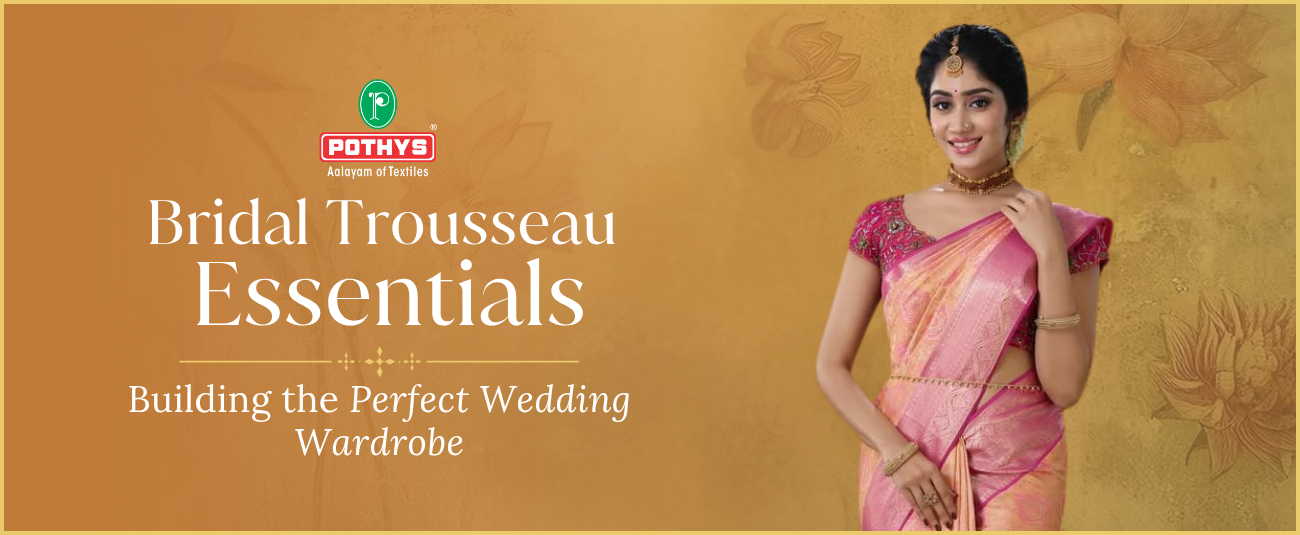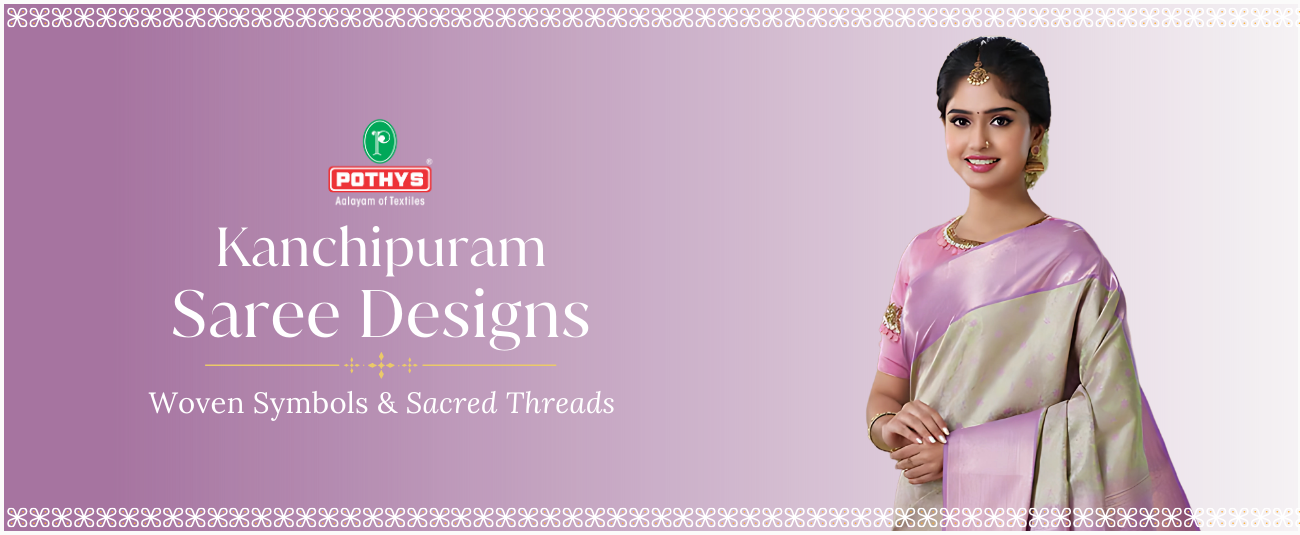How Fashion Can Empower Gender Equality in the Workplace
Introduction: The Power of Fabric in Fueling Equality
When we think of gender equality in the workplace, our minds often go to pay equity, representation in leadership, or bias-free hiring. However, one often-overlooked catalyst for change is fashion.
Fashion isn't just about trends- it’s a reflection of culture, identity, and empowerment. One can see that in today's evolving workspaces, where diversity and inclusion are driving forces, fashion plays a subtle role, yet powerful, in shaping how gender is perceived and expressed.
Fashion is an integral part in providing individuals the freedom to dress with authenticity, confidence, and equality.
At Pothys, we believe that fashion is for everyone. Whether it’s a crisp cotton kurti, an elegant saree, comfortable bottoms, or a well-tailored shirt, the right outfit empowers individuals to own their space, regardless of gender. And in the larger context, fashion becomes a key enabler in championing gender equality in the fashion industry and beyond.
The Evolution of Gendered Dress Codes
In the past, professional attire was steeped in strict gender norms. Men were typically expected to wear suits or other formal clothing, while women’s clothing often came with expectations around femininity, modesty, or formality. This binary approach to gendered clothing left little room for self-expression or comfort.
Thankfully, the corporate world is slowly shifting. These days, we see more relaxed dress codes, gender-neutral uniforms, and inclusive fashion collections that empower employees to show up as their true selves.
This shift in fashion supports gender equality by dismantling stereotypes and allowing all individuals to dress according to their identity, not societal norms.
Why Fashion Matters in the Fight for Gender Equality in the Fashion Industry
Fashion Impacts First Impressions
In any workplace, first impressions matter. What we wear influences how we’re perceived, and that perception can affect hiring decisions, promotions, and even interpersonal dynamics.
Fashion can help eliminate assumptions based on gender and shift the focus to professionalism and capability.
Fashion Encourages Self-Confidence
Clothes that align with an individual’s identity boost morale and confidence. Being able to dress in a way that reflects their truth directly contributes to emotional wellbeing- and by extension, workplace performance. It also encourages body positivity and a shift towards a more inclusive attitude and mindset.
Fashion Promotes Inclusivity
Inclusive fashion design and policies that encourage choice signal to employees that their identity is valued. It is important to celebrate traditional and regional attire without bias, inclusive fashion helps create a more accepting and equitable workspace, empowering gender equality in the workplace.
Gender-Neutral and Inclusive Fashion in the Workplace
Modern workplaces are embracing inclusivity with more than just words- they are adopting gender-neutral dress codes, embracing modernity as well as traditionality, and encouraging expression through fashion.
Let’s look at how this shift is helping in promoting gender equality in the workplace:
-
Unisex Workwear: Uniforms and formalwear collections that aren’t designed around gender binaries help reduce workplace disparities. Neutral colours, relaxed silhouettes, and customisable fits are examples of inclusive design.
-
Support for Traditional Wear: Ethnic garments, like sarees or veshtis, are being increasingly welcomed in office settings. Encouraging diverse cultural fashion within corporate structures allows people to take pride in their heritage, no matter their gender.
-
Corporate Fashion Policies: Companies are evolving their dress code policies to remove gendered language, giving employees the freedom to dress according to their identity. This progressive step aligns with gender equality training in the workplace, which aims to remove unconscious biases and discriminatory practices.
Gender Equality in the Fashion Industry: Leading by Example
Fashion houses and brands are slowly recognising their role in promoting equality. From runway shows featuring models with collections that blur the lines of past fashion trends, the industry is opening up conversations about representation and fairness.
But there's more to be done. Gender equality in the fashion industry also means equal pay for designers and artisans, inclusive hiring practices, and elevating the voices of those often marginalised in mainstream narratives.
At Pothys, we honour the diverse talent behind every thread- from women weavers in Tamil Nadu to stylists who push the envelope of inclusive fashion. By celebrating every contributor equally, we help foster a culture of respect and parity.
Traditional Attire & Gender Roles: Breaking Stereotypes
In India, traditional attire has often been gender-specific. Kurtis or sarees for women, dhotis for men. But contemporary fashion is beginning to break these boundaries. Designers today aim to redefine ethnic fashion by bringing in contemporary aesthetics, highlighting the importance of empowering people to wear clothing of their choice.
Reimagining gender equality in fashion challenges long-held cultural assumptions. When a man confidently dons a kurta-pyjama with a modern twist, or a woman styles a sherwani at a formal gathering, it sends a powerful message: fashion is personal, not gendered.
Embracing Personal Style: The Face of Modern Workplace Equality
With thoughtful policies in place, employees enjoy the freedom to express their individuality through their clothing choices.
You'll see women choosing comfortable shoes over restrictive heels, draping elegant sarees over relaxed skirts, crop tops as blouses or pairing flowing palazzos with contemporary tops and many more unique takes. Men are just as expressive, combining traditional dhoti-pants with modern-cut shirts, layering tailored blazers over traditional attire, or adding bold accessories like statement watches and ethnic scarves to standard business wear.
This doesn't mean traditional kurtis or classic shirt-and-pant combinations have disappeared from our offices. Rather, true empowerment through fashion means giving everyone the choice to dress in ways that honour both their cultural roots and personal comfort.
We’ve seen how clothing is more than just fabric- it’s a form of self-expression, and in the workplace, it can also be a subtle yet powerful tool for empowerment. As mentioned before, fashion encourages self-confidence: workplaces have now adopted this form of empowerment, allowing them to embrace their personal style and individuality based on their moods and expressions.
Watch our video on choosing the right material based on your mood explores how fabrics like cotton for calm, silk for confidence, or linen for ease can influence how you feel and carry yourself.
When employees, regardless of gender, are given the freedom to dress in a way that aligns with their mood and identity, it fosters a more inclusive and equal environment. Empowering individuals to express themselves authentically through fashion is one small but meaningful step toward achieving true gender equality in the workplace.
Fashion and Gender Equality Training in the Workplace
Gender equality training in the workplace must go beyond workshops and lectures. It should include real-time policy changes, like revising dress codes, to make the work environment more inclusive. Training modules can incorporate fashion as a lens to discuss:
-> Gender expression and clothing
-> The emotional impact of restrictive dress codes
-> Celebrating cultural and regional dress diversity
-> Recognising unconscious bias based on attire
When fashion becomes part of the conversation around training, it leads to a deeper understanding of personal identity and workplace harmony.
How Ethnic Brands Play a Role in Promoting Equality
As a brand rooted in tradition and elegance, Pothys plays an important role in the conversation around fashion and equality. By offering a range of ethnic wear created to promote cultural inclusivity and empowerment of the individual, we aim to be a part of the change.
Our collections are designed to make everyone feel seen and celebrated, each piece thoughtfully designed to honour your unique identity and cultural heritage.
You can also read our other blog on redefining saree draping styles for the office.
As conversations around gender equality in fashion grow louder, we stand by the belief that what you wear to work should empower, not restrict you.
Stitching a Future of Equality
Fashion has the power to do more than turn heads- it can turn tides. In the context of Gender Equality in the Workplace, it can be a force for inclusion, self-expression, and respect. As the fashion industry and corporate spaces continue to evolve, the way we dress and perceive dress codes must evolve too.
Unconscious gender bias still prevails, but fighting for change in areas often overlooked, such as fashion, can certainly bring forth empowerment and gender equality in the workplace.
Let us use fashion not just as a tool for personal style, but as a statement of support for a more equal, inclusive, and empowered workplace. From gender-neutral collections to traditional attire that breaks stereotypes, the runway to the boardroom is slowly becoming a space where everyone, regardless of gender, can walk tall.


